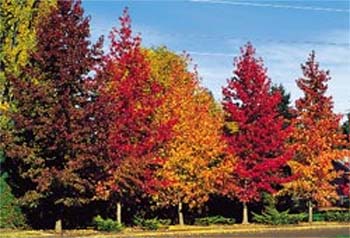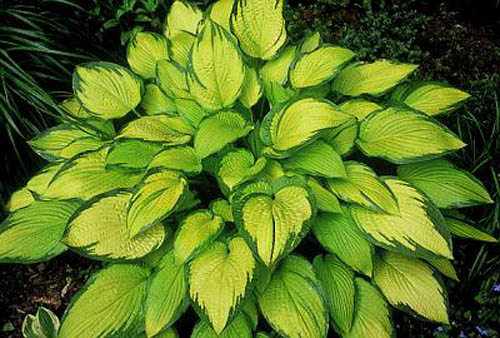We have often referred to raised beds in past issues of Yard Talk. For example, in the article on culinary herbs, we talked about having to construct raised beds because of a drainage problem. In Gardening for Senior Citizens, we recommended using raised beds to minimize bending and kneeling. Well just what is a raised bed, why should we use one, and just how do we build one of those things?
A garden is considered raised if the soil in the bed is higher than the surrounding soil. We normally tiink of a raised bed as being enclosed by some medium, such as wood, concrete, or plastic, to hold the soil in place. Actually the bed does not have to be enclosed to meet the definition of a raised bed. A raised bed should be no wider than four feet, so it can be easily maintained from the outside. The length and shape can be whatever suits the site or gardener’s needs.
The most important advantages are:
- Greatly reduced soil compaction since a properly designed raised bed garden allows you to do all your gardening from the garden path.
- Plants can be spaced a little closer together in a raised bed. This increases productivity and reduces weeding.
- Plants will grow much larger in raised beds.
- Raised beds drain better than ordinary garden beds. In areas, like Florida, that have saturated soil, this may be the only way you can grow many types of plants.
- Soil conditions can be controlled more effectively in a raised bed .
- Reduced amounts of water, mulch, and fertilizer,will be required because they only need to be applied to the garden beds.
- Raised garden beds bring your garden closer to you, less bending and stretching.
- Raised beds can extend your gardening season. They tend to warm up a little sooner in the Spring and remain productive later in the Fall.
The first step in constructing a raised bed, is to choose a sunny location and decide on the size and shape you want. Keep the beds narrow and match their length to the site and the watering system. We recommend tilling the soil before building raised beds, to provide additional room for root development. Remember that a raised bed is not easily moved, so plan carefully.
While the frame can be made from any nontoxic material we find cedar to be most attractive, given a little time and sunshine, the cedar takes on a charming silver-gray sheen. Cedar is also naturally resistant to rot and insects. We prefer northern rough cedar 2 x 8’s for the sides, and 4 x 4’s for the corner posts. The overall height of the bed should be 18 inches with their length 10 to 12 feet. Make sure the frame is secured with four inch galvanized lag screws at the corners to inside blocks of wood. Make sure you pre-drill all holes or they will split.
If cedar is not available, pressure treated wood is an acceptable substitute. A study by the Institute of Environmental Toxicology at Michigan State University, has shown the potential for contamination of vegetables and fruits is very small, and any residues would be at levels far below those known to cause toxic effects.
Fill the frame with a good-quality lightweight soil mix and add a generous amount of compost. Avoid using soil straight from the garden. It usually is too heavy and does not allow for good drainage.



